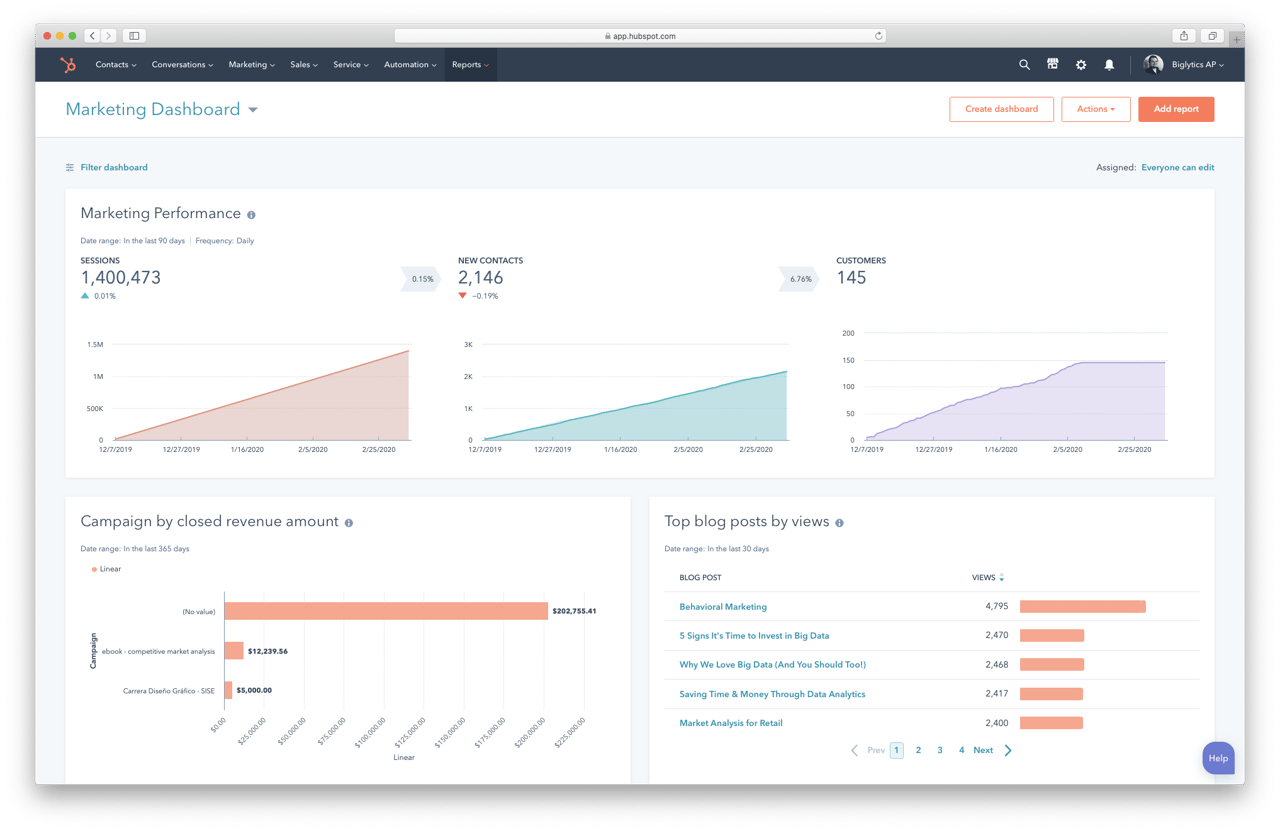Your Guide to Inbound Marketing KPIs and Metrics
-
Use metrics like website traffic and conversion rates to assess your campaigns and boost ROI.
-
Monitor website traffic, lead generation, and social media engagement to gauge campaign performance and convert leads into sales.
-
Apply A/B testing and use analytics tools to efficiently track KPIs and improve performance.
-
Use tools like HubSpot and Google Analytics to identify successful strategies and adjust your campaigns accordingly.
-
Align KPIs with business objectives, optimize landing pages, and track social engagement to build stronger customer relationships and boost sales.
Table of Contents
- Unraveling the Mystery of Marketing Metrics and KPIs
- Harmonizing KPIs with Business Objectives
- Top Inbound Marketing KPIs to Track for Success
- Strategies to Master Your Inbound Marketing Metrics
- Conclusion
Introduction
Navigating the ever-evolving landscape of inbound marketing can be quite the challenge. But you're not alone, and the secret to staying ahead lies in measuring your success with pinpoint accuracy. Enter Key Performance Indicators (KPIs), your trusty compass offering vital insights into how well your marketing endeavors are paying off.
Master these metrics and you'll not only be able to track your journey but also fine-tune your strategies to boost performance and enhance ROI.
Unraveling the Mystery of Marketing Metrics and KPIs
In the complex labyrinth of inbound marketing, comprehending and tracking marketing metrics and KPIs is vital for harvesting valuable insights into the effectiveness of your campaigns.
Think of marketing metrics as the data breadcrumbs that help you evaluate the success of each component or pathway involved in your inbound journey. These could range from website traffic, social media engagement rates, to email open rates and more.
Now, imagine KPIs as your numerical map markers tied directly to your business goals – serving as a yardstick for measuring the distance covered towards these goals.
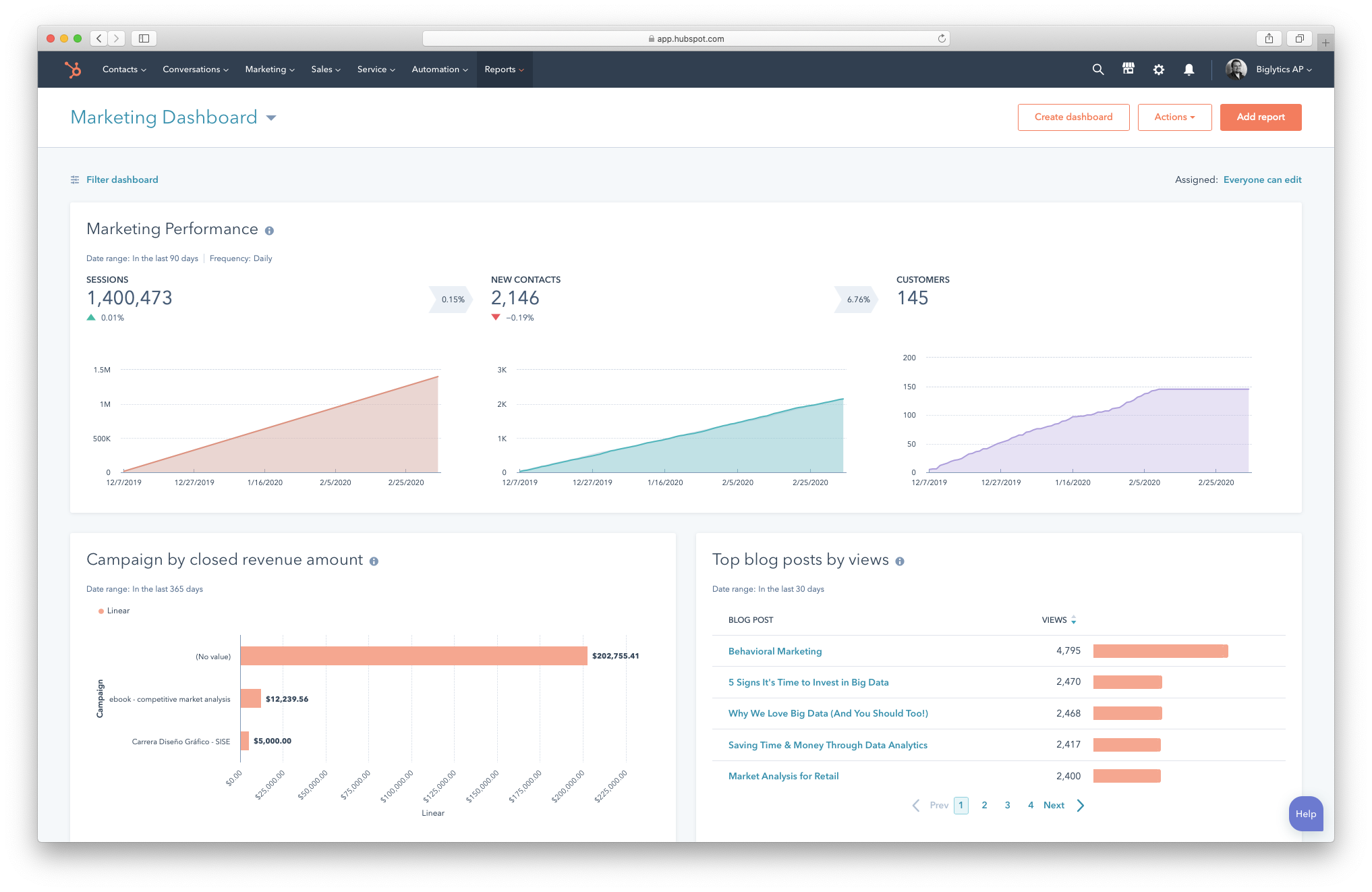
Harmonizing KPIs with Business Objectives
To ensure your inbound marketing efforts are in perfect harmony with overall business goals, you need to hit the right notes with SMART objectives and map KPIs to these objectives.
Setting the Tune with SMART Goals and Objectives
As a marketing maestro, setting specific, measurable, achievable, relevant, and time-bound (SMART) goals for your inbound marketing symphony is a must. This way, you can make your budget and resources sing while staying on beat towards meeting your KPIs.
Creating a rock-solid SMART marketing goals template starts with clearly defining the purpose and desired outcome of your campaign. Next, map out each step needed to reach these objectives using realistic timelines. Make sure to communicate these to your team, so everyone knows the tune and can sing in unison.
Mapping KPIs to Your Business Goals
To hit the high notes with inbound marketing, it's important to map KPIs to specific business objectives. This means setting specific, measurable, achievable, and relevant goals that strike a chord with your overall business strategy.
Say, a tech company might aim to generate more sales leads or boost customer retention rates. To measure progress towards these goals, they could set KPIs such as traffic and visitor behavior metrics, lead conversion rates, social media traffic, revenue attribution, and customer lifetime value.
Understanding the Relationship Between KPIs and ROI
While marketing objectives and KPIs are important notes in the score of measuring the success of inbound marketing efforts, it's crucial to understand the symphony between KPIs and ROI.
While KPIs measure specific aspects of a marketing campaign's performance, ROI is the overall harmony, calculating revenue generated compared to the investment made in the campaign.
By aligning KPIs with business objectives, you can keep track of your progress towards achieving your goals, all while fine-tuning for ROI.
Top Inbound Marketing KPIs to Track for Success
Alright, let's dive into the heart of the matter, the top inbound marketing KPIs you should be keeping a close eye on to ensure your campaigns are hitting the mark.
We'll touch on everything from your website traffic and visitor behavior, to lead generation and customer acquisition costs (CAC), revenue attribution, email performance, social media reach and engagement, customer retention and lifetime value (CLV), and of course, the all-important return on investment (ROI).
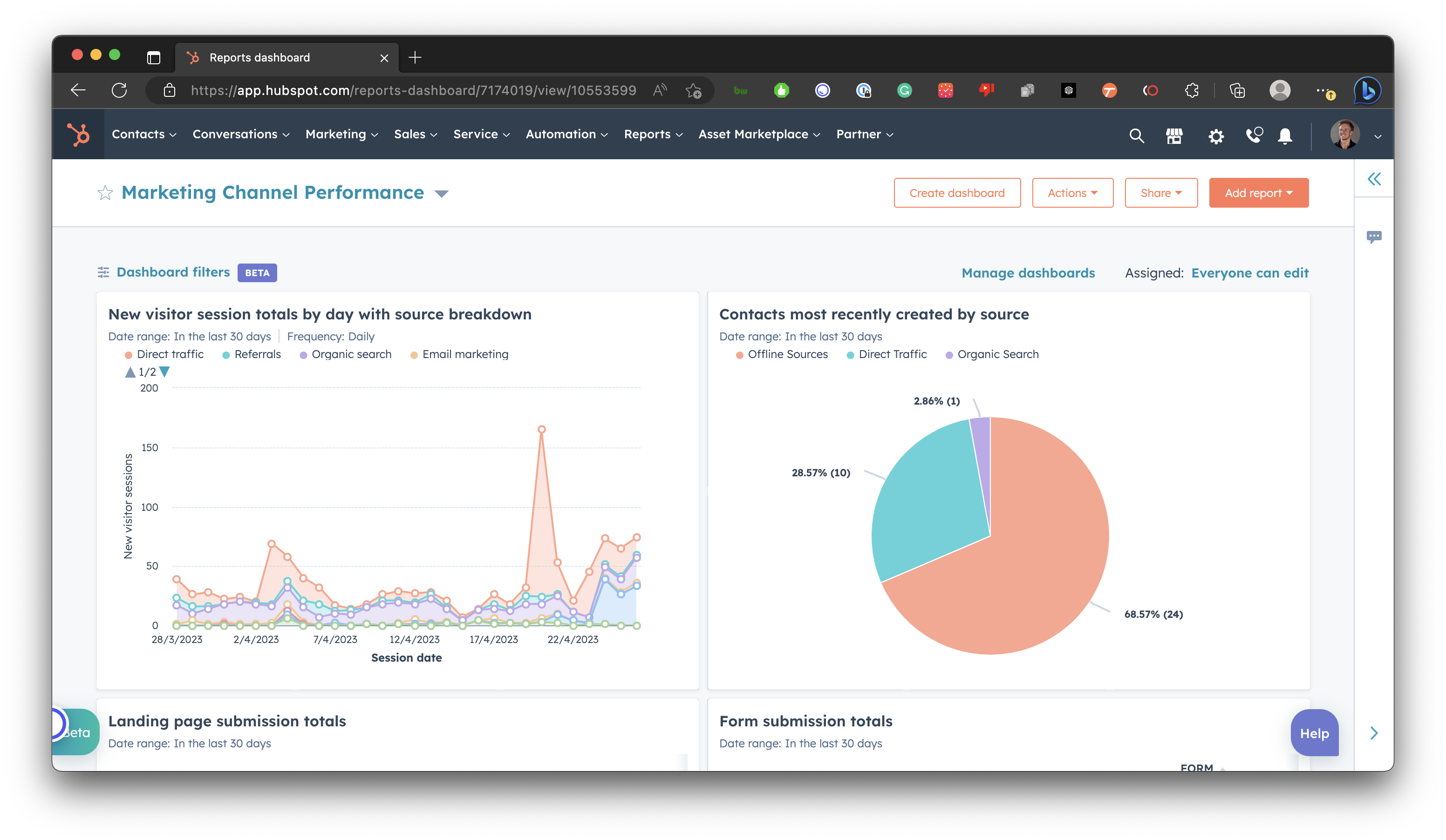
A Sneak Peek at Your Website Traffic and Visitor Behavior
At the top of our list, we've got website traffic and visitor behavior. It's like having your finger on the pulse of your online presence. Keep tabs on your unique and returning visitors, their dwell time on your site, the sources of your referral traffic, their navigational paths, and more.
Tools like HubSpot's Website Grader or Google Analytics can come in handy here, providing you with all the data you need to see which parts of your digital marketing strategy are running like a well-oiled machine and which could use a little oil.
Picture this: you notice users are spending mere seconds on your landing pages before heading for the hills without any interaction. That's your cue to spruce up your messaging or design, to reel in those potential customers and keep them hooked.
Visitor-to-Lead Conversion Rates - Are You Turning Heads?
Next up, we have the visitor-to-lead conversion rate. This metric is your secret sauce to understanding how well your landing pages and call-to-actions (CTAs) are enticing your visitors to become leads.
For instance, if you find your conversion rates are under the weather, it might be a sign that your landing page content needs a spark or your CTAs need a makeover. By keeping a watchful eye on this KPI and making necessary adjustments, you can make your lead generation more efficient and drive up your revenue.
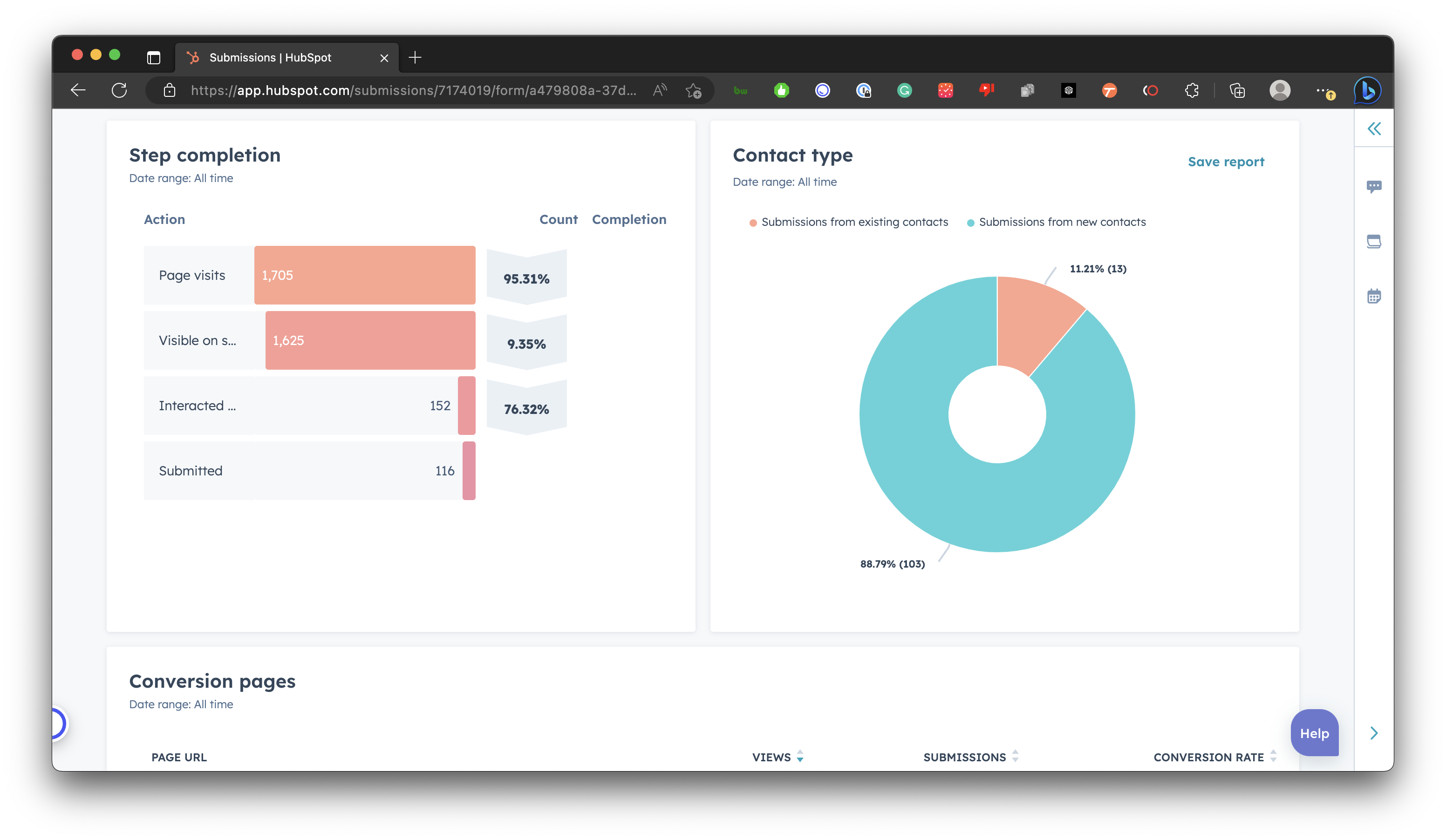
The Journey from Lead to Opportunity
Another key player in our lineup of inbound marketing KPIs is the Lead-to-Opportunity conversion rate. This guy measures how well you're turning leads into qualified sales opportunities.
Think of it this way: you've got a hundred new leads each month, and twenty of them meet your criteria for potential customers. That means you have a 20% Lead-to-Opportunity conversion rate. By tracking this, you'll get a clear picture of how successful your nurturing campaigns are in converting people into paying customers.
Show Me the Money - Revenue Attribution
Then there's revenue attribution, a vital KPI that calculates the revenue brought in by each channel or campaign. By knowing which channels are filling up your coffers, you can optimize your marketing efforts and pump up that ROI.
With the power of tools like HubSpot, tracking lead and customer attribution is a breeze. Plus, digging into customer data can reveal buying trends and help you anticipate future purchases. Think of it like your crystal ball for marketing.
Email Performance Metrics - Hitting the Inbox Bullseye
Let's not forget about email, a mighty tool in your lead generation toolkit. Email performance metrics are your litmus test for how your email campaigns are faring.
By tracking these metrics, you can fine-tune your email campaigns and spot areas for improvement. If your open rate's a bit low, perhaps your subject lines need some zing or your email list could use some segmentation. If your CTR's not up to par, consider a design shake-up or making those calls-to-action pop.
Social Media Reach and Engagement - Are You in the Loop?
Social media is the spice of your inbound marketing recipe, and tracking your social media KPIs is vital. Reach tells you how many people your posts or ads are reaching, while engagement dives into the likes, shares, comments, and other interactions your content is garnering.
Reach is great to see if your message is getting exposure, but it's the engagement metrics that truly highlight whether your audience is resonating with your content. For instance, high engagement rates suggest your content is hitting the right chords with your audience, which could lead to stronger customer loyalty and increased sales.
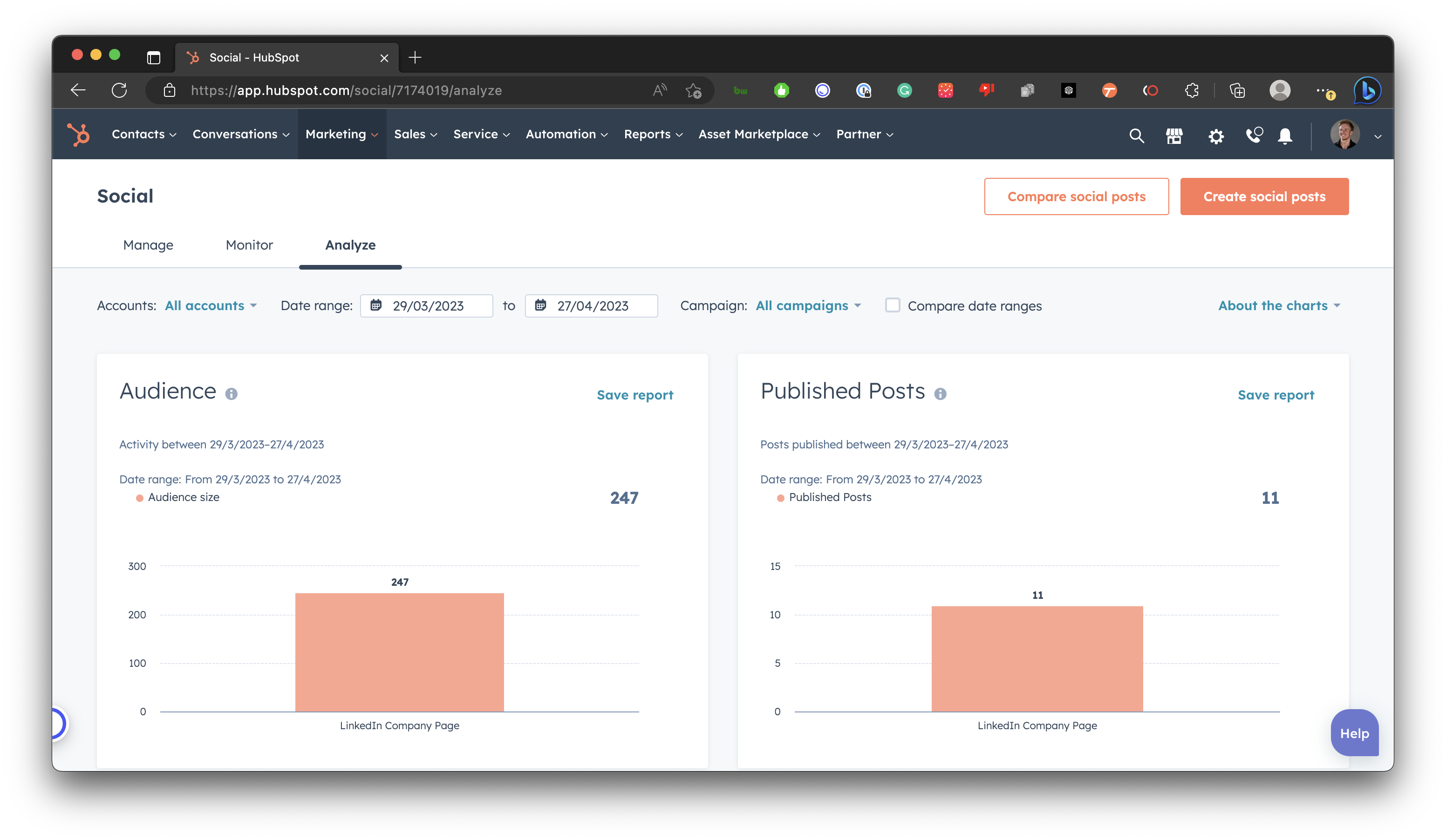
Lead Generation and Customer Acquisition Costs
Lead generation is another essential KPI that sheds light on your strategies' effectiveness in pulling in traffic to your site. By monitoring the number of leads generated, you can evaluate your inbound marketing efforts and make data-driven decisions.
Coupled with that, you should also keep tabs on your CAC. This KPI helps you understand the resources you invest in acquiring new customers.
For instance, after evaluating your CAC for various channels like paid ads or social media advertising, you discover that Facebook advertising yields the highest return on investment. That's valuable insight to guide your marketing spend.
Customer Retention and Lifetime Value
As a marketing leader, it's crucial to track your customer retention rate and CLV. CLV, in particular, is a key KPI as it gauges the total value a customer brings over their entire relationship with your company.
Let's say you run a tech company selling project management software. By calculating CLV, you can identify your most profitable long-term customers and devise targeted campaigns to maintain their engagement. You might also unearth opportunities to upsell or cross-sell other products or services that align with their needs.
Return On Investment (ROI)
Last but definitely not least, ROI is a critical KPI that measures the revenue generated per investment made. Monitoring this metric is vital for understanding what's working and what's not in your marketing initiatives.
By keeping an eye on this KPI, you can discern which inbound campaigns are raking in the most sales revenue and where to concentrate your efforts next. If a specific social media campaign is not providing as high an ROI as your email efforts, it might be a signal to reallocate your budget towards emails or refine your social media ad targeting.
Strategies to Master Your Inbound Marketing Metrics
This section is your hands-on guide to setting and tracking marketing KPIs. It's a journey through establishing benchmarks, leveraging analytics tools and marketing automation, consistently observing and adjusting KPIs, and measuring and enhancing marketing performance.
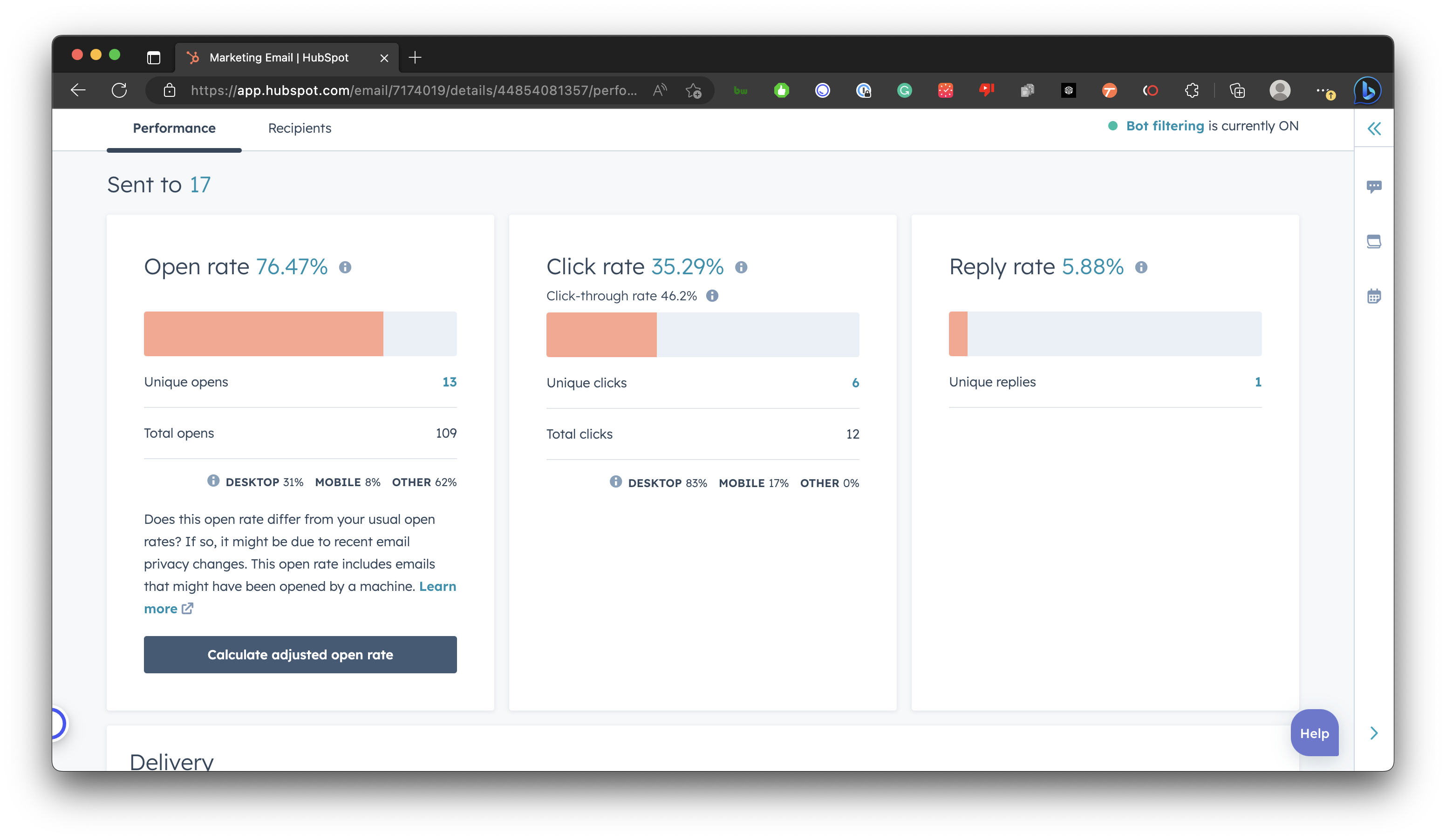
Setting Benchmarks and Embracing A/B Testing
A crucial milestone on your journey to mastering inbound marketing metrics is setting benchmarks and embracing A/B testing. Benchmarks serve as your yardstick, letting you measure your campaigns' success against past performances, industry standards, or even your rivals.
See A/B testing as your marketing lab where you concoct two versions of an element in your campaign (say a landing page or a call-to-action button), and then observe which concoction performs better.
Imagine running an email campaign for a product launch. You craft two versions of the email with different subject lines and then compare open rates to discover which one hits the sweet spot with your audience.
Harnessing Analytics Tools and Marketing Automation
Examining the performance of your inbound marketing campaigns is your compass to their success. Analytics tools like Google Analytics are your treasure troves, offering a bounty of data on website traffic sources, lead generation, visitor behavior, and conversion rates.
Not to be overlooked, marketing automation solutions like HubSpot are your secret weapons, helping you segment potential customers based on specific criteria like demographics or past purchase history. This lets you deliver tailor-made content and offers more likely to strike a chord with leads and turn them into customers.
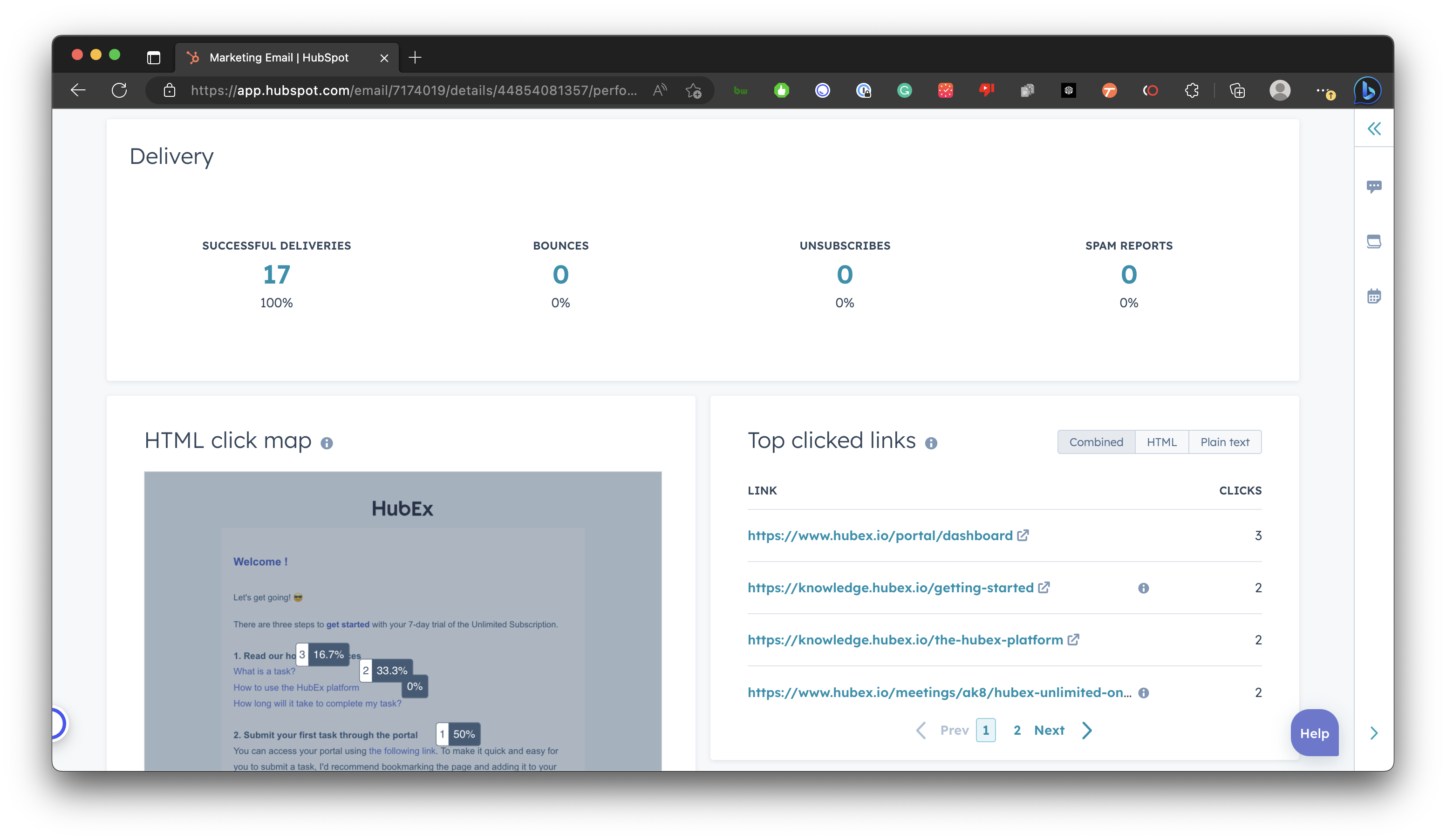
Keeping an Eye on KPIs
Consistently monitoring and adjusting KPIs is the linchpin of your inbound marketing strategy. You need to keep your eyes glued to your metrics and regularly assess the performance of your campaigns.
For instance, if you spot one of your marketing channels lagging behind the others, you might want to tweak your strategy for that channel or prioritize other channels with better results.
Similarly, if a landing page isn't driving the desired action from visitors, it may be time to optimize it or experiment with different messaging or call-to-actions.
Measuring and Upping Your Inbound Marketing Game
To squeeze every ounce of effectiveness out of your inbound marketing efforts, measuring and analyzing your performance via strategic metrics is crucial. This involves keeping track of factors like website traffic, visitor behavior, conversion rates, and revenue attribution to identify what's driving success and where you can ramp things up.
HubSpot is a handy all-in-one tool for this, enabling you to monitor vital KPIs such as email open rates, social media engagement levels, lead generation costs, customer retention rates, website visitors, and organic traffic sources from search engines like Google or Bing among others.
Frequently Asked Questions
What are the key performance indicators (KPIs) for inbound marketing success?
-
KPIs for inbound marketing include website traffic, conversion rates, lead generation, customer acquisition costs, and return on investment (ROI).
-
These metrics can help businesses evaluate the effectiveness of their campaigns and make data-driven decisions.
How can I measure website traffic for my inbound marketing efforts?
-
Website traffic can be measured using tools like Google Analytics and HubSpot that monitor clicks, page views, bounce rates, and time spent on pages.
-
Regular analysis of this data can help businesses optimize content and user experience to boost engagement and conversions.
Why is tracking customer acquisition cost important?
-
CAC is the total money a business spends to acquire a new customer.
-
Tracking CAC can help businesses evaluate campaign efficiency and understand how much resources they are investing per new sale.
How can I calculate the return on investment for my inbound marketing campaigns?
-
ROI measures the revenue earned from a campaign against the cost incurred in creating it.
-
To calculate ROI, divide the total revenue earned from a campaign by all associated costs, then multiply the result by 100.
-
A higher percentage indicates positive outcomes, while lower percentages may point to issues within existing strategies that need addressing.
Conclusion
Understanding and effectively tracking KPIs is the backbone of a successful inbound marketing strategy. These KPIs, including website traffic, conversion rates, and customer acquisition costs, provide valuable insights into your campaigns' performance. In this article, we've explored essential strategies for mastering these metrics, such as establishing benchmarks, conducting A/B testing, and utilizing analytics tools.
Regularly monitoring and adjusting your KPIs is crucial for continuous improvement of your inbound marketing performance. By aligning your KPIs with your business objectives and using powerful tools like Google Analytics or HubSpot's performance dashboards, you can significantly enhance your marketing efforts and ultimately increase ROI.
Remember, the goal isn't just to attract visitors and sales qualified leads, but to convert them into loyal customers, thereby driving consistent business growth.


